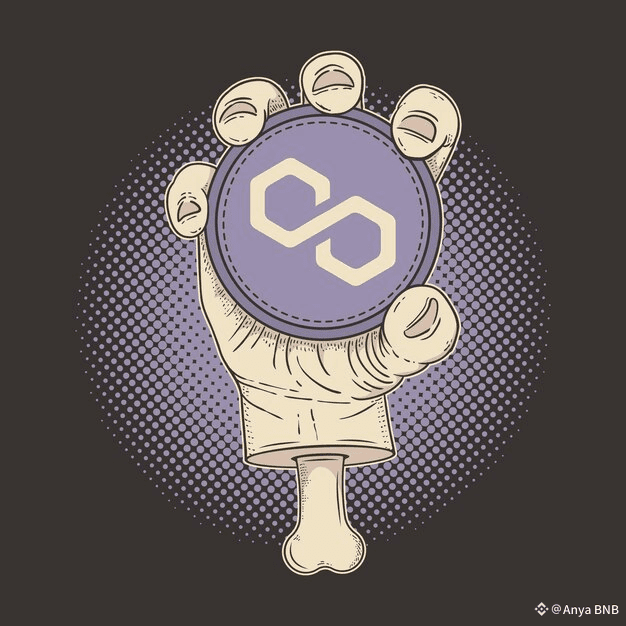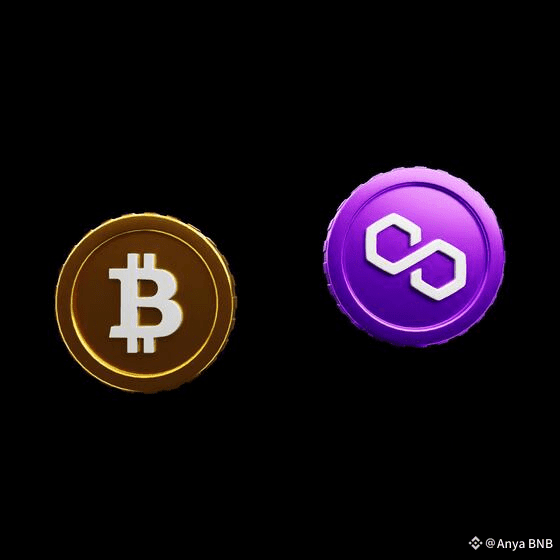Anya sees that Polygon has positioned itself as a major infrastructure player in the Web3 gaming and play-to-earn (P2E) arena. With its low fees, high throughput design, and rich tooling ecosystem, Polygon appeals to game studios and players alike who want to experience blockchain gaming without the friction of high costs or slow transactions. This shift is critical, because Web3 games need a seamless, enjoyable user experience to attract real players—not just crypto aficionados.

In recent news, Polygon Labs announced a partnership with Immutable to launch a dedicated “Gaming on Polygon” hub inside Immutable Play. The initiative brings multiple polygon-powered titles, a $100,000 reward pool, quests and leaderboards to drive player engagement. The partnership also plans to link Immutable’s zkEVM chain to Polygon’s AggLayer, enabling cross-chain liquidity and smoother gameplay asset movement. This underscores how Polygon is serious about gaming at scale.
Historically, Polygon already claimed a significant early lead in gaming deployment. Back in March 2023, data showed Polygon overtook other chains to become the second-largest gaming blockchain by unique active wallets (UAW) in games – driven by a surge in titles and user-activity on Polygon. That trend gave Polygon credibility as a game-friendly chain and set the stage for more developers and players to join the wave.
But the story isn’t flawless. Some recent reports indicate that gaming on Polygon has seen headwinds: latency issues, slower than expected gameplay optimisation, and rising competition from other chains (for example chains that argue they are “native gaming chains”). Anya recognizes that in gaming, user experience is non-negotiable. If players feel stalls, delays or confusion, they’ll leave—and moving to another chain becomes easy.
Turning to Bitcoin’s influence: Bitcoin remains the macro barometer for investor sentiment in crypto. When BTC rises, capital and attention often flow into alt-chains and infrastructure ecosystems like Polygon, giving Web3 gaming projects more runway and investor backing. Conversely, when Bitcoin slumps or market confidence wanes, Web3 gaming projects (which are still in many ways higher risk) may feel the squeeze—development budgets, user growth and marketing spend all can slow.

The influence can go the other way too: as Polygon’s gaming ecosystem scales—if titles launch, users engage, and play-to-earn mechanics mature—this reinforces the “infrastructure works” narrative for Polygon. That success can boost confidence in Polygon’s token and broader ecosystem, which in turn can have ripple-effects on other coins or chains built on or connected to Polygon. This means that game projects on Polygon are not isolated—they both feed and depend on the network’s health.
Speaking of other coins: when gaming on Polygon thrives, tokens tied to those games, in-game assets, or locally issued tokens on Polygon may benefit. Play-to-earn projects, NFT tokens, asset tokens—all these can gain from stronger user-engagement and ecosystem activity. But the flip side also holds: if Polygon falters in gaming (due to performance issues, poor retention, or better competition), those tokens may suffer. Anya finds that the health of the gaming ecosystem often serves as a bell-weather for altcoin sentiment in that slice of crypto.

In summary: Polygon’s role in Web3 gaming and play-to-earn is meaningful and growing. With significant partnerships (like with Immutable), rising user activity, and loans of infrastructure upgrades (AggLayer, zkEVM, etc.), the chain is carving out a real niche. That said, the path isn’t guaranteed—user experience, performance, and competitive differentiation matter. With Bitcoin’s macro-moves framing investor sentiment, and with tokens and projects built on Polygon intertwined, watchers should monitor not just infrastructure announcements but actual gaming engagement, token flows, and ecosystem health. Anya will be keeping an eye on how this gaming wave on Polygon plays out.
